All Science
 Will regulating airline emissions help curb global greenhouse gas emissions?
Will regulating airline emissions help curb global greenhouse gas emissions?The Environmental Protection Agency has begun drafting new rules after determining that emissions from aircraft endanger public health.
 Are algae blooms becoming more common?
Are algae blooms becoming more common?Dense algae blooms, like the ones that clog waterways from Florida to Ohio, could become more common with climate warming, researchers say.
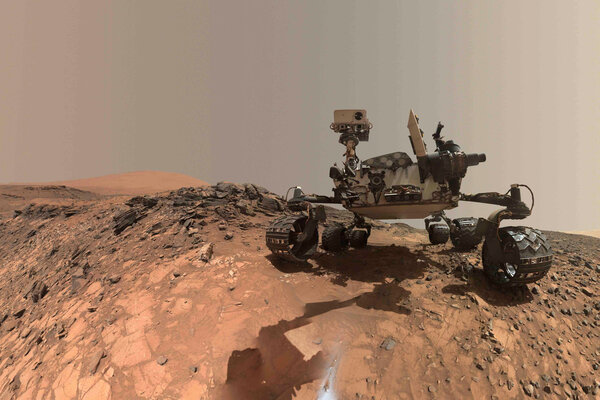 Mars rover gains control of rock blasting lasers
Mars rover gains control of rock blasting lasersNASA's Curiosity rover gained a newfound sense of freedom with its latest upgrade, which enables the rover to select its own targets for analysis with the ChemCam instrument.
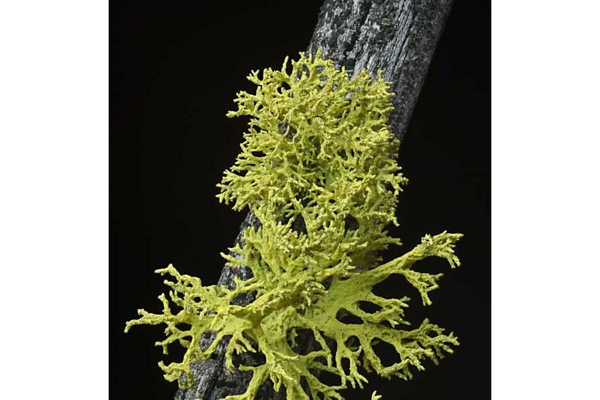 In lichen's symbiotic pairing, a third partner?
In lichen's symbiotic pairing, a third partner?A type of yeast might be the third partner in most lichen, upending a nearly 150-year-old theory.
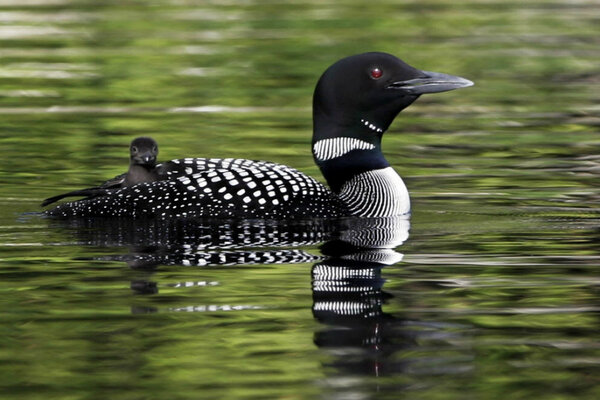 Massachusetts was once full of loons. Can conservationists bring them back?
Massachusetts was once full of loons. Can conservationists bring them back?A Maine-based conservation group seeks to rebuild the once-thriving common loon population of Massachusetts.
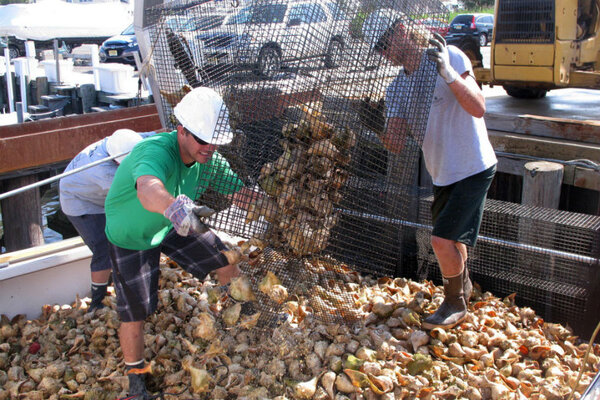 Why scientists are trying to rebuild oyster colonies
Why scientists are trying to rebuild oyster coloniesWith wild oyster populations down an estimated 85 percent from their levels in the 1800s, a number of small-scale efforts to rebuild oyster colonies are underway.
 Delta Aquarids will peak this week: Here's how to catch the meteor shower
Delta Aquarids will peak this week: Here's how to catch the meteor showerViewers will be able to see up to 20 meteors per hour during the shower’s peak.
 Hubble boldly peers where no man has gone before
Hubble boldly peers where no man has gone beforeNASA and the ESA release the newest image from the Hubble Space Telescope – just in time for the release of the latest 'Star Trek' movie.
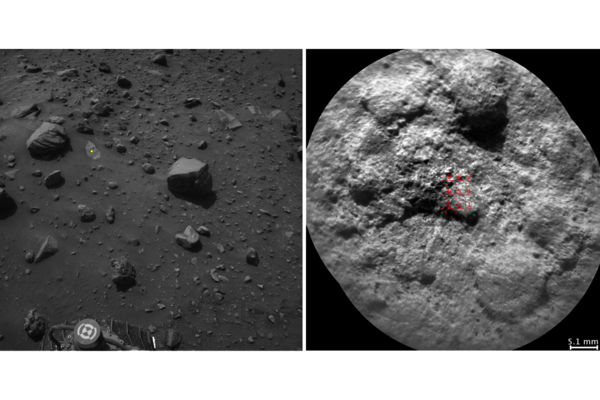 First LookMars rover gets an upgrade and a new trick: self-guided laser shots
First LookMars rover gets an upgrade and a new trick: self-guided laser shotsNASA scientists have analyzed samples of the red planet through Curiosity's ChemCam. But now, the four-year-old rover can take laser photos all on its own.
 This wild bird will lead you to a beehive, if you know the password
This wild bird will lead you to a beehive, if you know the passwordThe greater honeyguide and humans communicate and cooperate in order to harvest honey and wax.
 Why dark matter still proves difficult to detect
Why dark matter still proves difficult to detectAfter a 20-month experiment by the Large Underground Xenon dark-matter detector, the particle that holds the key to understanding the mass of the universe remains hidden.
 Hollow-boned, predatory dinosaur offers insights into enigmatic Megaraptor
Hollow-boned, predatory dinosaur offers insights into enigmatic MegaraptorScientists aren't sure where the 'giant thief' of the Cretaceous fits in the dinosaur family tree, but a newly discovered megaraptoran dinosaur provides new pieces to that puzzle.
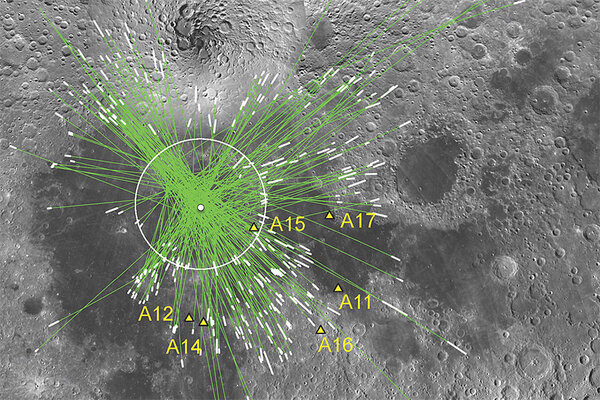 How was the right eye of the 'Man in the Moon' made?
How was the right eye of the 'Man in the Moon' made?New research suggests that the asteroid responsible for gouging out the 'Man in the Moon' crater on the lunar surface was far bigger than previously thought.
 Two Earthlike exoplanets might have evidence to support life
Two Earthlike exoplanets might have evidence to support lifeThese two rocky exoplanets may be close to their sun, but they could still host the proper conditions for life.
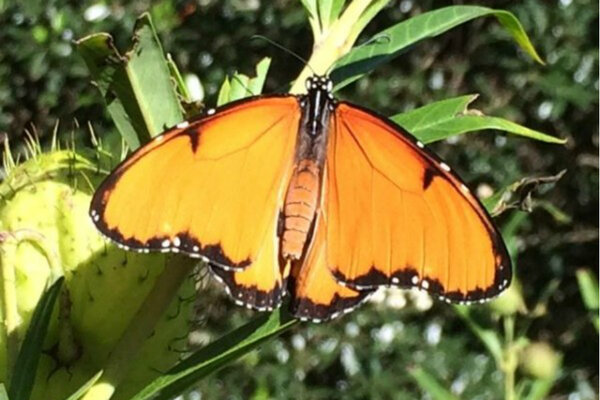 How hybrid butterflies evolve in the absence of males
How hybrid butterflies evolve in the absence of malesUnder attack by a male-killing microbe, two subspecies of African queen butterfly persevere through divergent evolution.
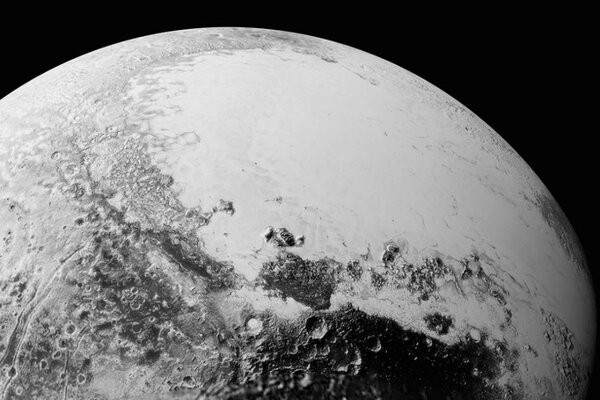 Postage stamp travels to Pluto, earns world record
Postage stamp travels to Pluto, earns world recordA postage stamp broke the Guinness World Record by traveling 3.26 billion miles aboard the New Horizons spacecraft.
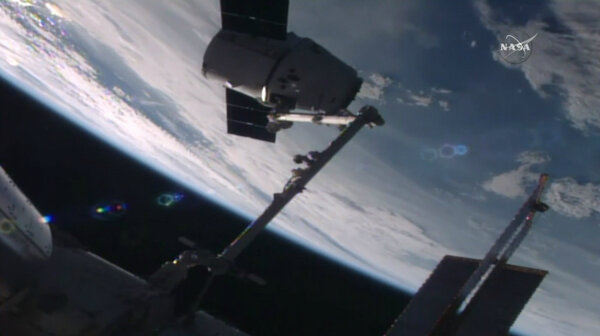 First LookSuccess! SpaceX Dragon cargo ship nails another mission.
First LookSuccess! SpaceX Dragon cargo ship nails another mission.The Dragon spacecraft has safely delivered a docking station for future rockets at the International Space Station.
 First LookWill 2016 be the hottest year on record?
First LookWill 2016 be the hottest year on record?In the first six months of 2016, temperatures have been record hot – and it's not just because of El Niño.
 How tidal tugs trigger tiny earthquakes on San Andreas fault
How tidal tugs trigger tiny earthquakes on San Andreas faultUSGS researchers found that low-frequency earthquakes in California corresponded to certain phases of the tidal cycle.
 Not an earthquake: US Navy explains vibrations in Florida
Not an earthquake: US Navy explains vibrations in FloridaA 3.7-magnitude seismic event that Floridians felt on Saturday was caused by a US Navy ‘experimental explosion,’ according to the U.S. Geological Survey.























